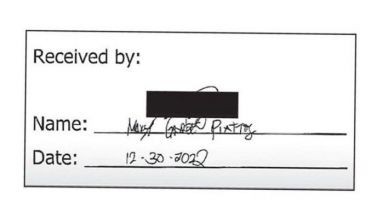IT experts seek probe on count discrepancies
MANILA, Philippines - A group of information technology (IT) experts yesterday demanded anew an investigation into alleged “huge” discrepancies between automated and random count election results.
Pablo Manalastas of the Center for Political Empowerment in Governance (Cenpeg) urged the Commission on Elections (Comelec) to look into the supposed discrepancies involving some 270 polling precincts.
“Comelec Chairman Jose Melo admitted differences in counts of between 10 and 999, when the PCOS machines are reported to be 99.9995 percent accurate,” Manalastas said.
Manalastas explained that if a precinct count optical scan (PCOS) machine has an accuracy of 99.9995 percent, or an error not exceeding 0.0005 percent, this only means the automated machine is allowed to differ in its count from the random manual audit (RMA) count by only four vote marks for every 100 clustered precincts.
“But based on news reports there was a recorded difference figure of 270+ in one clustered precinct, validating Chairman Melo’s statement that there are clustered precincts where the RMA count and the PCOS count differ by two to three digits,” he said.
Manalastas said the count difference of 270 out of 8,460 votes is 3.2 percent, which is a huge difference since it is 6,400 times greater than the reported PCOS error.
He said the difference of 270 vote marks out of 8,460 can only mean that the PCOS machine did not assign votes marked on the ballots to the correct candidates, resulting in the difference in the RMA and PCOS counts.
Manalastas said an error could have easily occurred if the Board of Election Inspectors (BEI) used the previous version of the compact flash (CF) cards that automation provider Smartmatic had tried to replace.
Manalastas argued that not every polling precinct was able to use the new CF cards considering the remoteness of the place and availability of transport to deliver them in time for the elections.
“It is highly probable that a substantial number of BEIs did not even know that the CF cards were being replaced by new ones and continued to use the old faulty CF cards,” he said.
Manalastas said it is also possible that about 10 percent of polling precincts used the old faulty CF cards. – With Michael Punongbayan
- Latest
- Trending




























